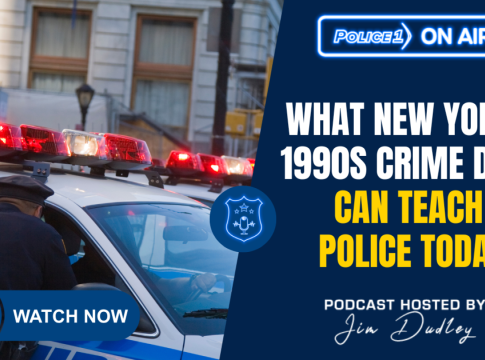Unpacking New York City’s Remarkable Crime Decline: A Deep Dive into Policing Strategies
New York City’s Transformation Over Three Decades
In a striking transformation over the past thirty years, New York City has witnessed an extraordinary decline in crime rates. Murders plummeted from over 2,200 in 1990 to fewer than 300 by 2017, presenting a case study in effective policing and crime prevention. This remarkable turnaround is the subject of the latest episode of the "Policing Matters" podcast, featuring Peter Moskos, a former Baltimore police officer and current professor at John Jay College of Criminal Justice.
Leadership and Innovation at the NYPD
In the podcast, Moskos discusses how a shift in leadership and a focus on accountability were pivotal in achieving this crime drop. Configuration changes spearheaded by figures like former NYPD Commissioner Bill Bratton and crime analyst Jack Maple introduced innovative systems like CompStat—an analytical tool that allows police departments to track crime data in real-time. "CompStat forced commanders to own crime statistics and develop results-driven strategies," Moskos emphasized, underscoring the importance of both data and accountability in effective policing.
Beyond Numbers: The Importance of Community Trust
While discussing the significance of data-driven strategies, Moskos noted that "data alone doesn’t solve crime." Police effectiveness is deeply intertwined with community relationships, citizen trust, and understanding the socio-cultural dynamics at play. He explained that genuine change occurred when police officers and city leaders cared about the victims and took ownership of the challenges facing their neighborhoods.
Lessons for Today’s Law Enforcement
With crime currently at the forefront of public concern, Moskos urges today’s police leaders to integrate historical insights into modern practices. "Efforts must focus on both prevention and accountability," he stated, warning against the extremes of permissiveness or aggressive decarceration policies that might compromise public safety.
Key Takeaways: Strategies for Success
- Leadership Matters: Bratton’s ambitious goal to reduce crime by 15% in his first year set a tone of accountability.
- Shifts in Priorities: The NYPD moved from scandal control to prioritizing violent crime, tracking shootings, and holding precincts accountable.
- Equipping for Change: More officers can aid crime prevention, but focused strategy and clear objectives are what drive meaningful change.
- Political Will is Crucial: A clearly defined purpose, alongside reform, is necessary for sustainable crime reduction.
As America’s urban centers grapple with rising crime rates, the lessons derived from New York City’s tumultuous yet triumphant journey through the 1990s serve as a blueprint for today’s law enforcement. Hearing firsthand accounts from those who fought against crime will hopefully guide modern strategies in successfully reshaping public safety.
For a deeper exploration of this topic, tune into the full episode on Apple Podcasts, Spotify, or Police1’s YouTube channel.

Focuses on crime, public safety, and regional events.
Bio: Marcus is a community-based journalist passionate about reporting impactful stories that matter most to readers.

